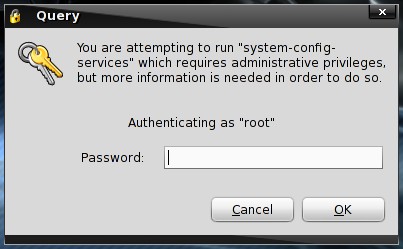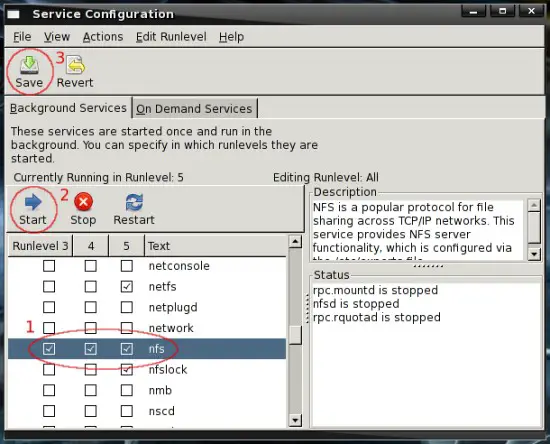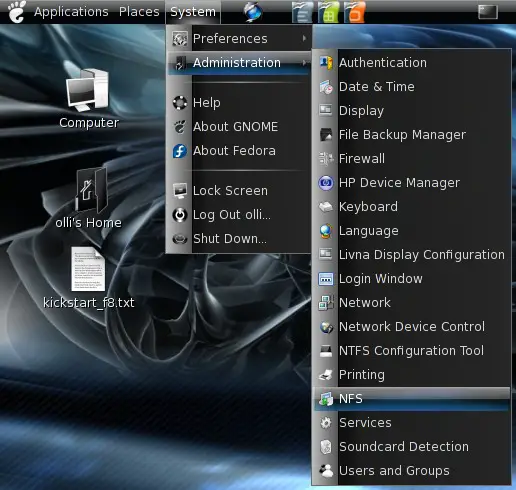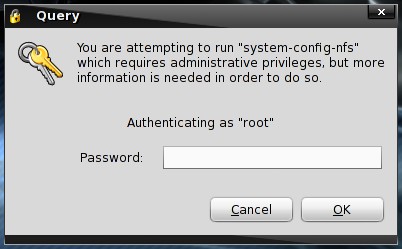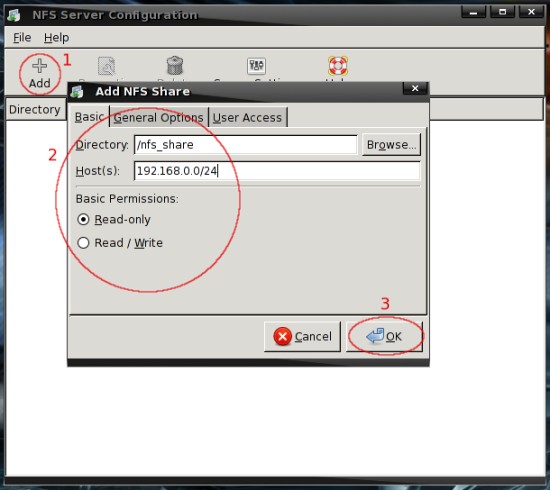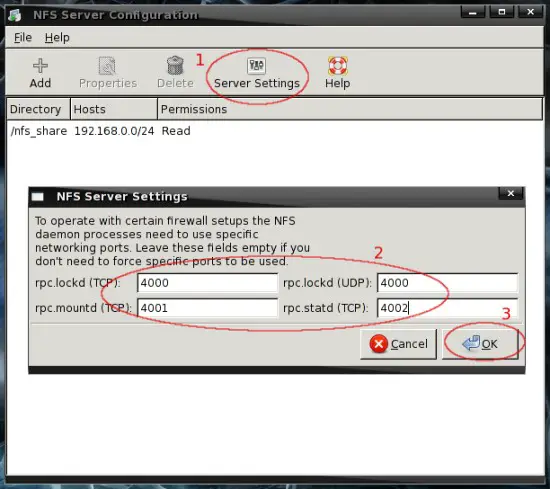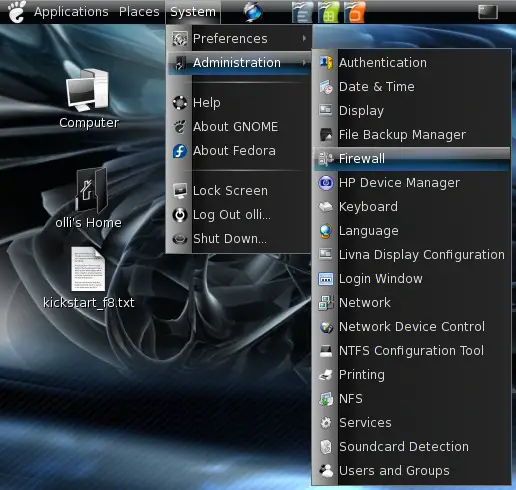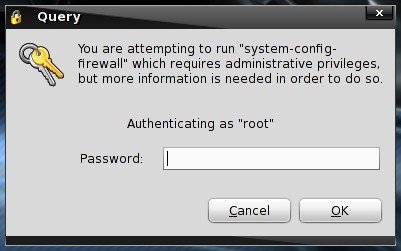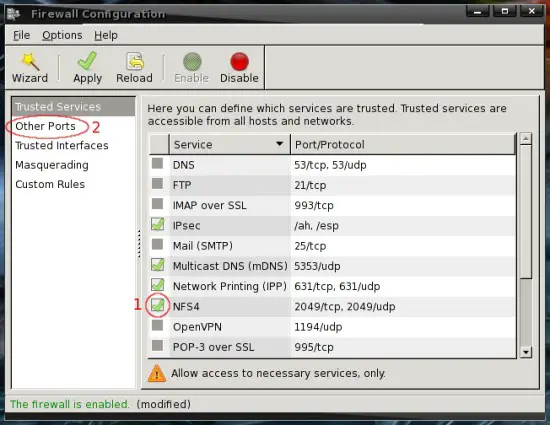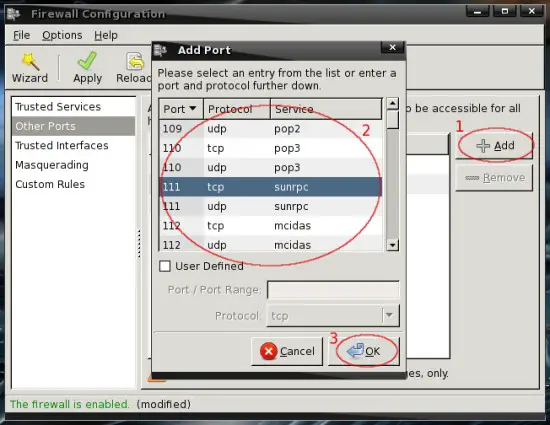Unattended Fedora 8 Installation With NFS And Kickstart
Version 1.0
Author: Oliver Meyer <o [dot] meyer [at] projektfarm [dot] de>
This document describes how to set up an installation environment with kickstart and NFS. With the resulting system you will be able to run unattended Fedora 8 installations on the client systems in your LAN - additionally, you will save a lot of Internet bandwidth. The whole client configuration can be included into the kickstart file (especially the post-installation script) so you, the admin, will also save a vast amount of time.
This howto is a practical guide without any warranty - it doesn't cover the theoretical backgrounds. There are many ways to set up such a system - this is the way I chose.
1 Preliminary Note
You need a running Fedora 8 system (desktop) to create a kickstart file. Additionally, I used a NFS share to provide the kickstart file and the installation files for the kickstart installations.
2 Needed Packages
Let's install the kickstart configuration tool and the nfs server configuration tool. Install the following packages with yum or your preferred yum frontend.
- system-config-kickstart
- system-config-nfs
3 NFS
3.1 NFS server
Now we have to start the NFS server - additionally you can configure it for automatic startup if you need it regular. Open the service settings - you'll find them in the Gnome system menu.
Enter the root password.
Enable NFS in all runlevels, start it and save the settings.
3.2 NFS Share
In this step we create a directory (as root) for the installation files. Please note that this directory can be anywhere you want on your system.
su -
%root_password%
mkdir -p /nfs_share/f8/
Copy the installation tree into this directory - I extracted it from a Fedora 8 ISO image (DVD):
mkdir /mnt/iso/
mount -t iso9660 /home/daten/linux_images/Fedora-8-i386-DVD.iso /mnt/iso/ -o loop
cp -Rp /mnt/iso/* /nfs_share/f8/
Next we use the NFS server configuration tool, which is available in the Gnome system menu, to make this directory available as NFS share.
Enter the root password.
Click on "Add" in the menu. Afterwards chose the directory that you created a few moments ago and insert the hosts that shall be able to access the share - your LAN. You should set the basic permissions to "Read-only".
Additional we have to set static ports to the nfs daemon processes as shown on the screenshot below.
3.3 Firewall Settings
In order that other systems can connect to the NFS server we have to adjust the firewall settings - they are available in the Gnome system menu.
Enter the root password.
Set NFS4 as trusted service (mark the checkbox).
After that click on "Other Ports" on the left side and open the following ports:
- 111 (tcp + udp)
- 4000 (tcp + udp)
- 4001 (tcp + udp)
- 4002 (tcp)
Afterwards click on "Apply" to save the settings.


